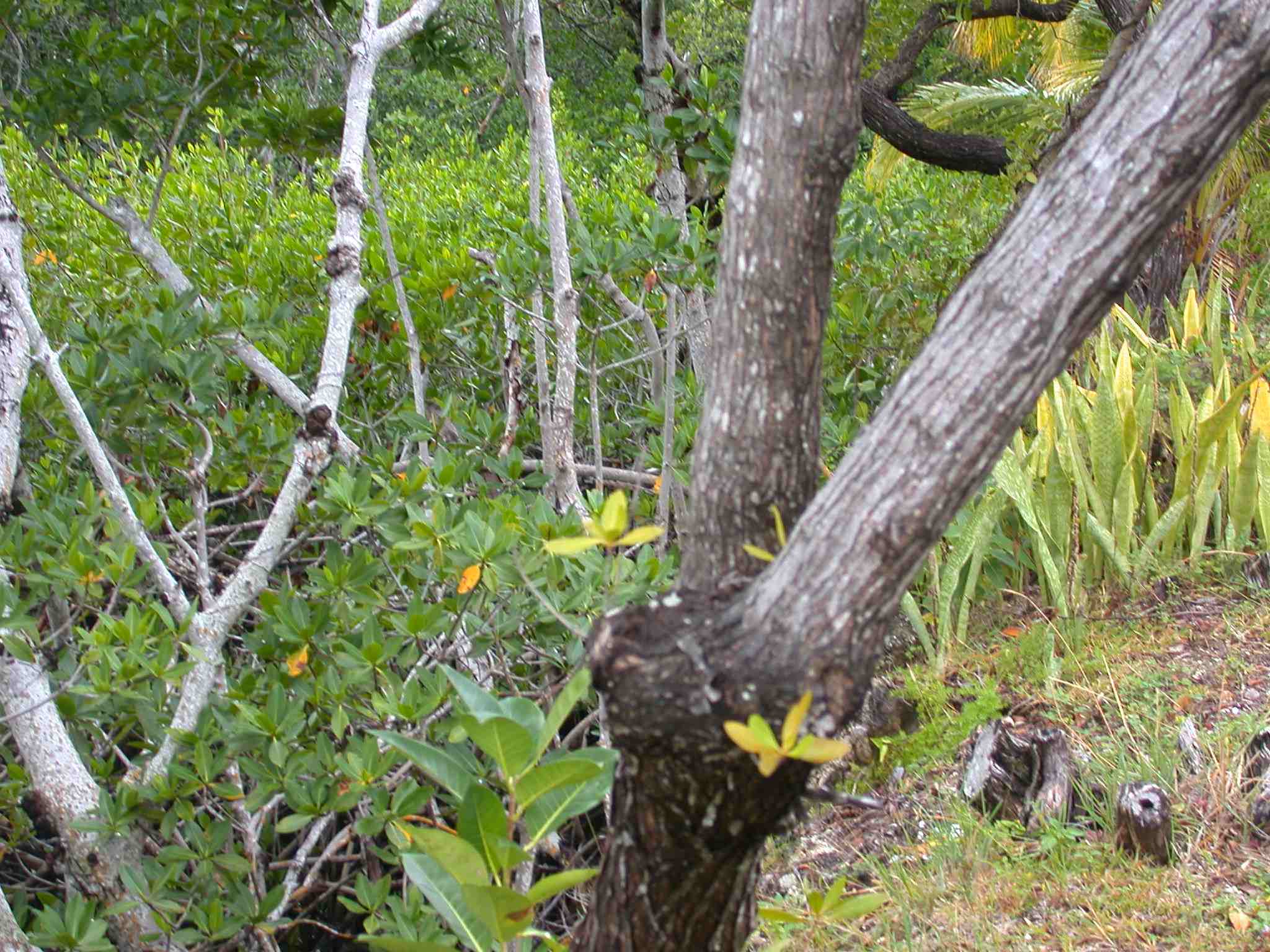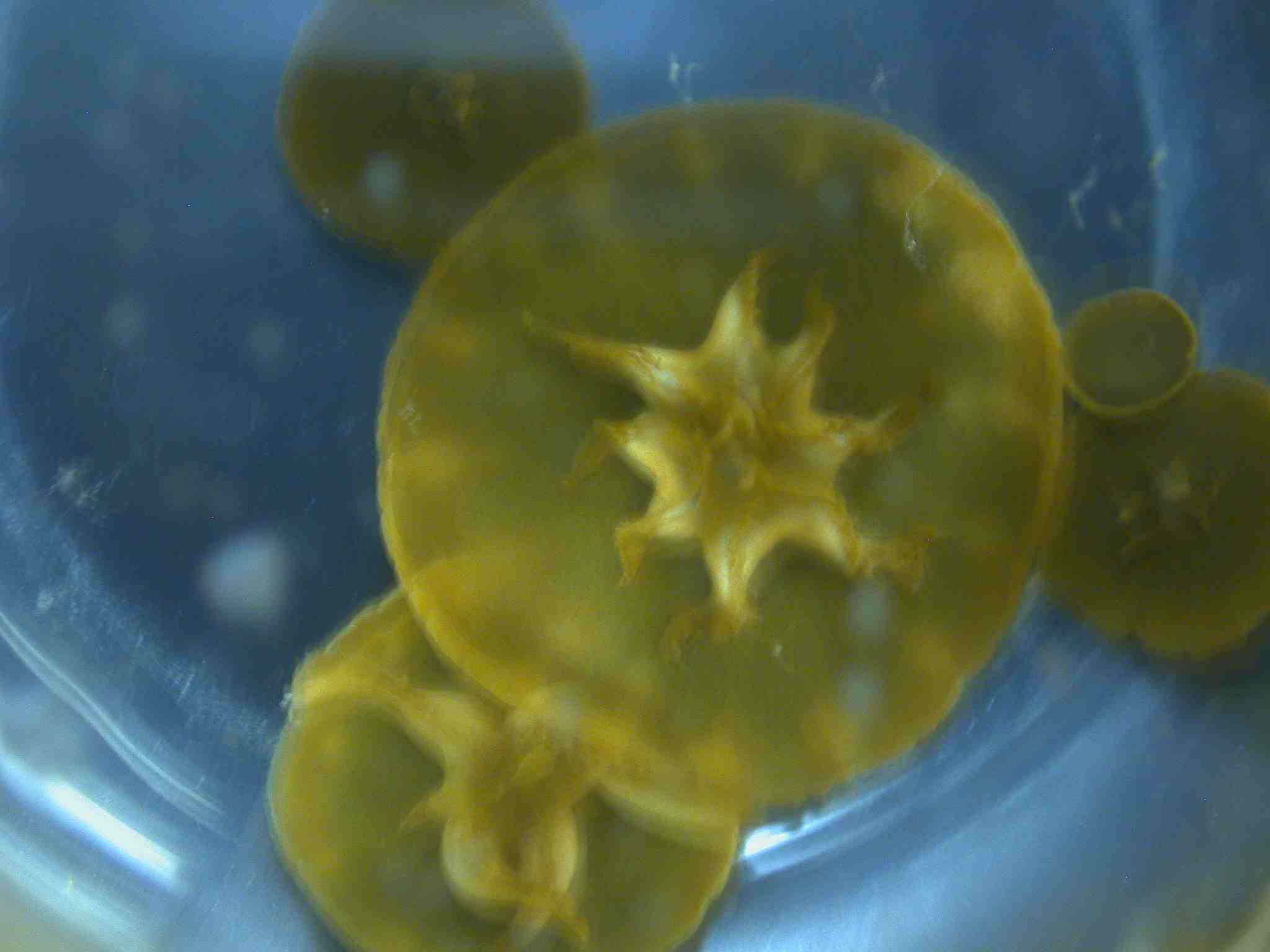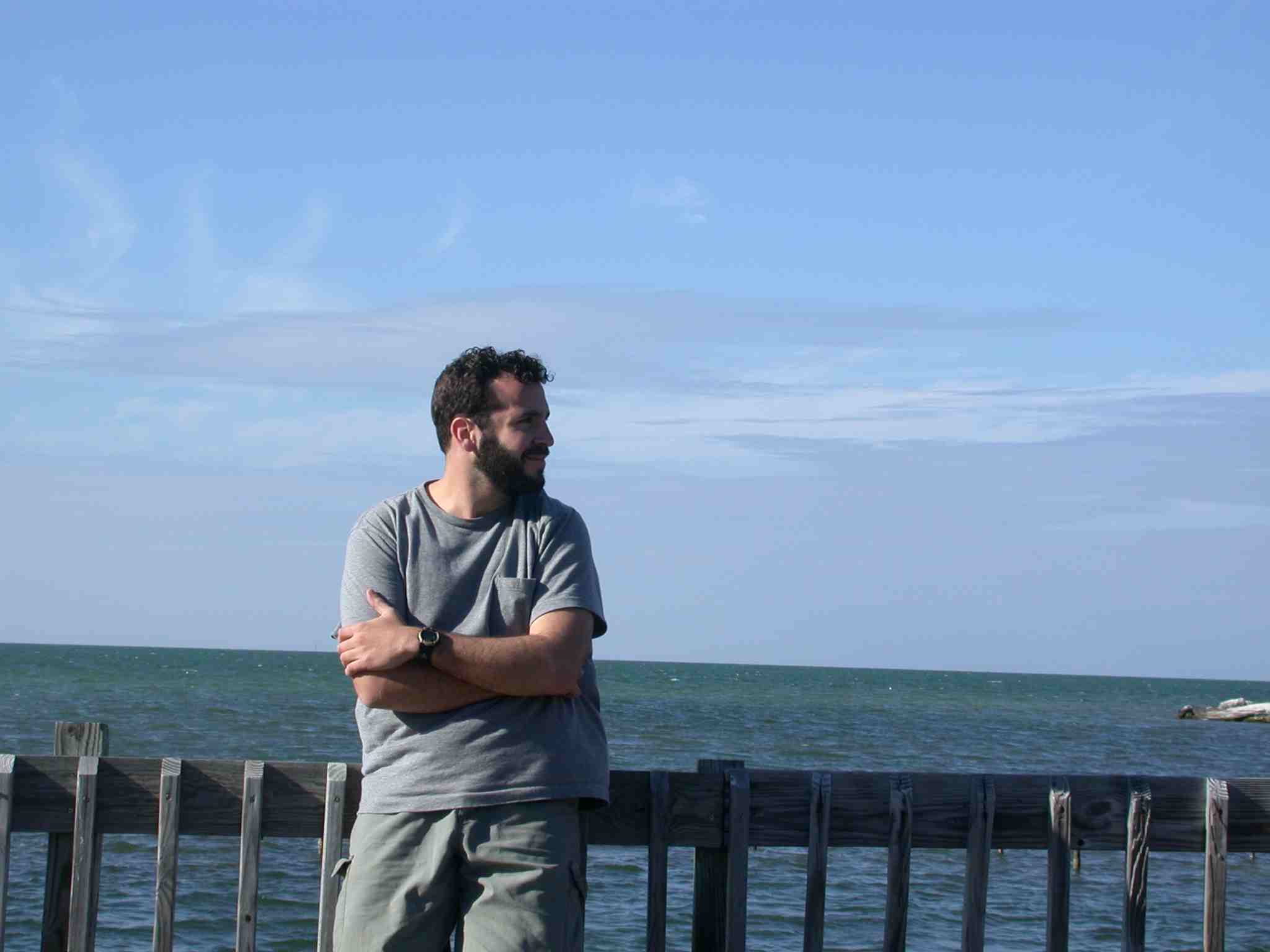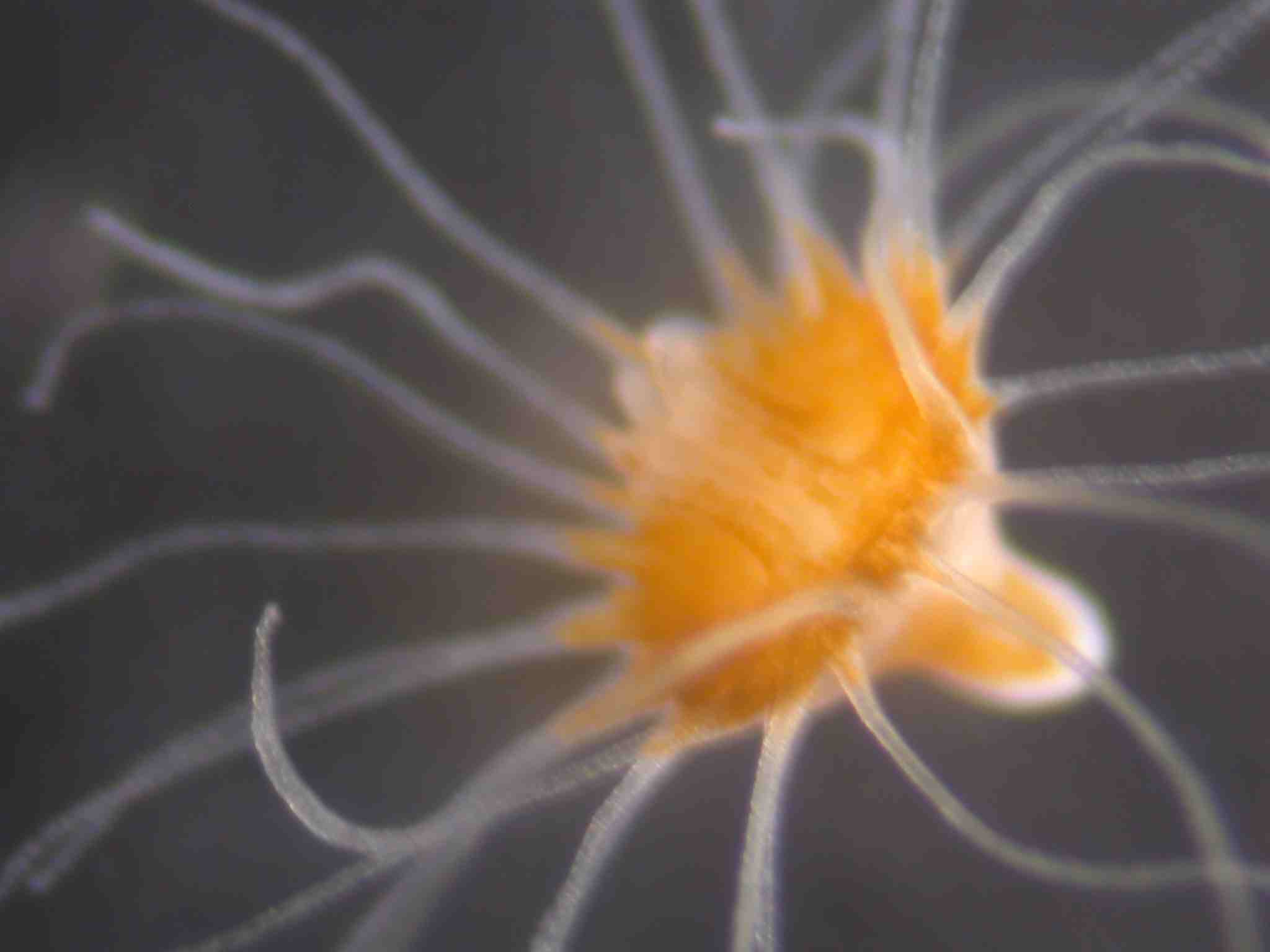Experimental evolution of jellyfish-algal symbiosesThe Paradox of infectiously transmitted symbionts:
My empirical work on jellyfish-algal symbiosis was developed with a postdoctoral fellow formerly at the University of Texas; T.P.Wilcox. We study the upside-down jellyfish, a Caribbean species, at sites throughout the Florida Keys. Jellyfish (and their relatives: corals, cubazoans and hydras) have an ancient mutualism with marine algae in which there is exchange of algal photosynthetic nutrients for shelter and nitrogen from the host. This mutualism is considered paradoxical in some species, because there is infectious (horizontal) transmission of algae between hosts. Optimal virulence theory predicts that parasitism (cheating) can evolve in symbionts that spread infectiously between hosts. This is because cheater strains can arise, which benefit by taking extra resources from their host then simply move on to new hosts. Cooperation, however, is expected when symbionts are directly inherited from host parents to their offspring; vertical transmission. Cheating is not expected here since a cheater that takes extra resources from its host would ultimately lower its own reproduction. In infectiously transmitted symbionts, explaining the maintenance of cooperation remains elusive. This work will further the understanding the maintenance of this poorly understood yet widespread type of symbiosis.Experimental Evolution on Jellyfish symbionts:
Here, we use experimental evolution to demonstrate that cheating algal symbionts exist in nature. We experimentally manipulated transmission mode in jellyfish symbionts to test virulence theory on symbiont evolution. Wild algal symbionts were infected into clonal hosts and experimentally evolved. In one treatment, repeated vertical transmission of algae selected for symbiont cooperation (because symbiont fitness was tied to host reproduction). In the other treatment repeated horizontal transmission promoted symbiont cheating. Fitness estimates revealed evolution of cheating symbionts in the horizontal treatment. Cheater algae emerged with fast within-host growth and high dispersal rates from hosts (compared to vertical treatment) causing declined host growth. Cheaters could not dominate because a trade-off existed between harm to hosts and symbiont transmission. Such trade-offs are predicted by virulence theory and may be critical in stabilizing ‘infectious’ symbioses.This work was recently highlighted in Science Magazine PDF




